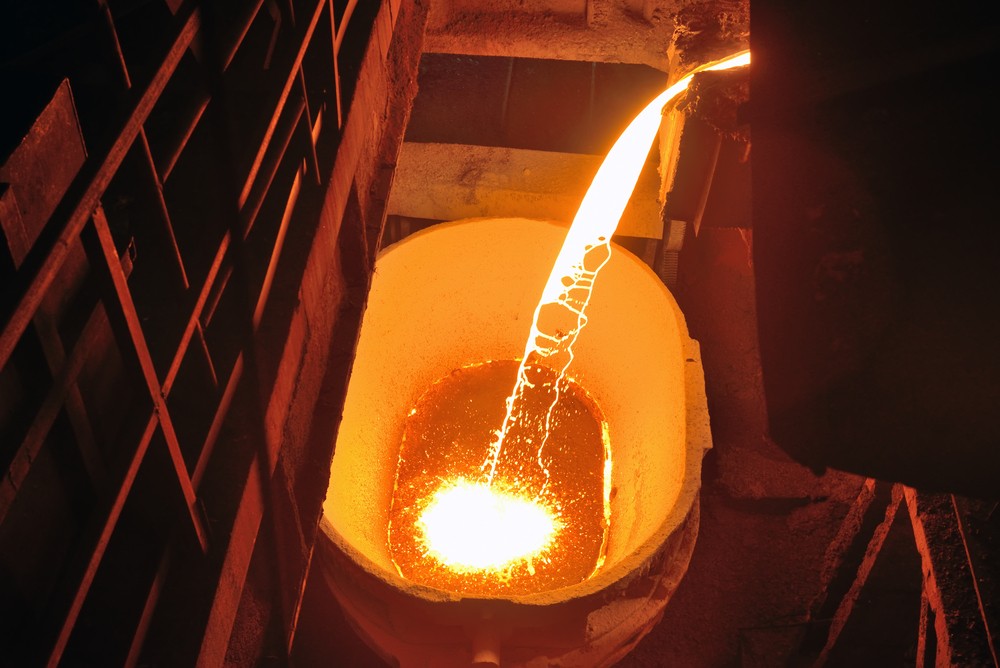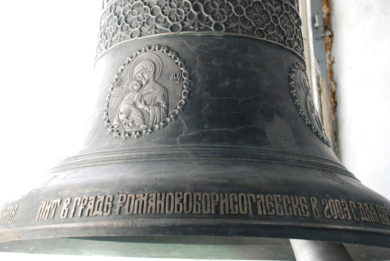For centuries, the most advanced civilizations in the world have relied on cast iron to create everything from hand tools to buildings. From New York’s SoHo neighborhood to the covered market in Malta, some of the most impressive architectural work comes from the creative minds that work with cast iron. In fact, the United States Capitol Dome, a cultural icon, is constructed from nearly 9 million pounds of cast iron building materials.
Versatile cast iron was superseded by the use of steel and aluminum in the twentieth century, but there is still plenty of exceptional merit to building with this one-of-a-kind building material.
What Is Cast Iron and How Is It Made?
Cast iron is created when iron ore, or pig iron, is placed in a blast furnace and heated until the impurities are cooked out. At that point, the ore becomes a molten liquid that is subsequently poured into a mold and cast into a specific size and shape.
The process for creating cast iron has mostly remained the same since it was invented by the Chinese more than two millennia ago. That being said, modern technology now allows for cast iron to be adapted or custom created to fit the needs of the builder or buyer. By changing the levels of the cast iron material properties–like carbon, silicon, chromium, copper, manganese, titanium, and other elements–the outward appearance, strength and the structure of the cast iron can vary dramatically.
Cast Iron Is the Unbending Option
Pound for pound, cast iron can handle just as much weight as steel. Though it isn’t malleable like steel, cast iron is exceptionally sturdy once it is molded into shape. That makes the substance ideal for fences, stairs, columns, structural connections, railings, automotive parts, and lampposts.
Cast iron can also be poured into a variety of different molds to create precise shapes, making it the perfect choice for ornamental flourishes in architectural projects across the world. In fact, it’s still used widely for this purpose today.
From a functional standpoint, cast iron consistently resists corrosion, making it ideal for water pipes and disc brakes as well as plumbing and gas lines. Perhaps its most alluring feature, cast iron is cheaper than steel allowing for budgets to go further during construction and architectural projects.
Experience the Cast Iron Difference
Whether you’ve already made a choice to work with cast iron, or you’re considering converting iron ore into this highly-prized building material, General Kinematics has the right solution to handle your materials. From mining to foundry work and beyond, our team of knowledgeable professionals can keep your operation running smoothly every day of the year.
Contact us today to learn more about what GK can do for your cast iron process.








